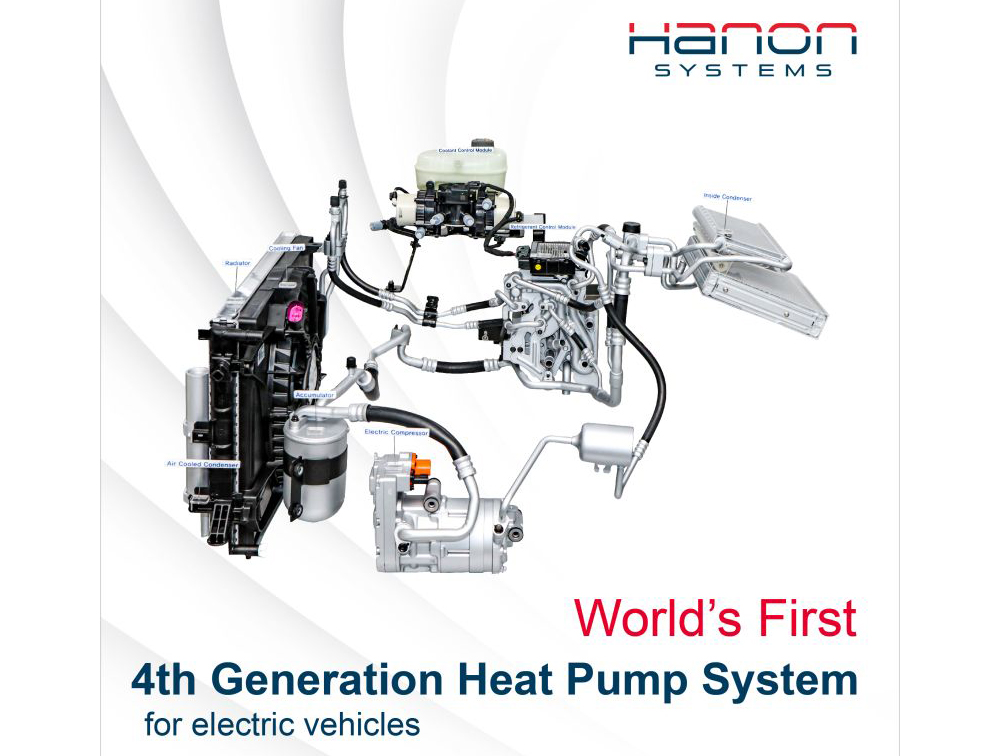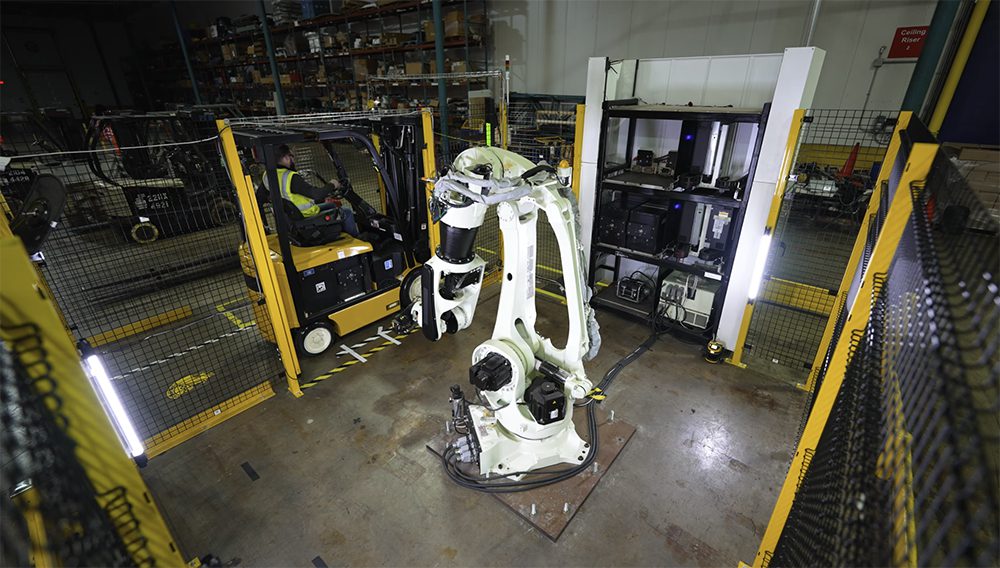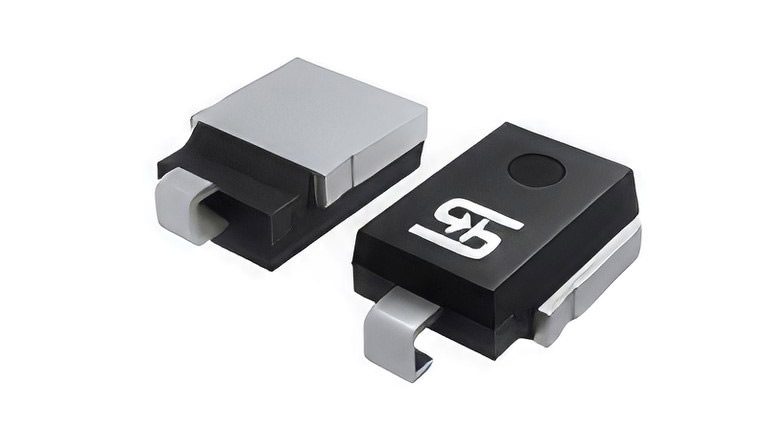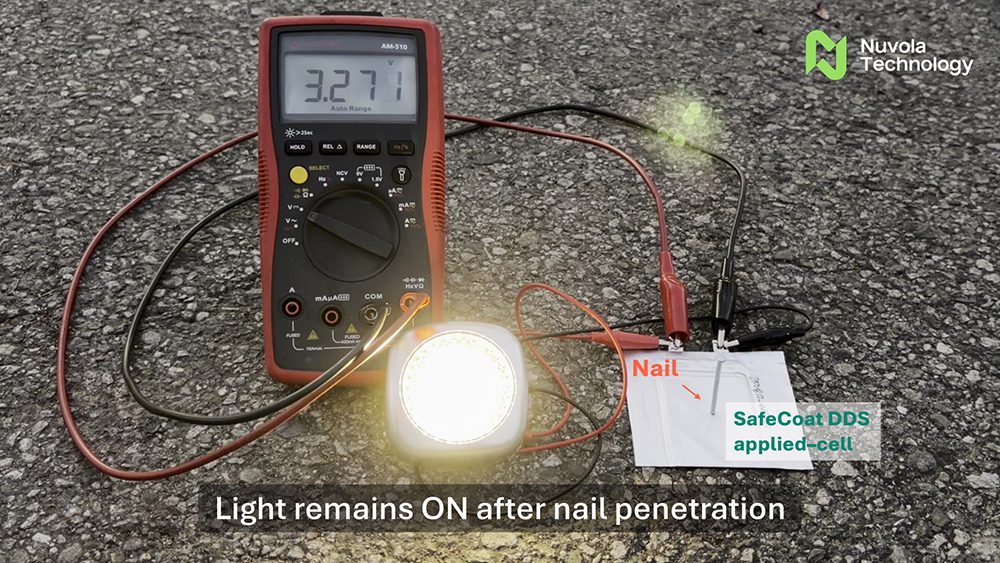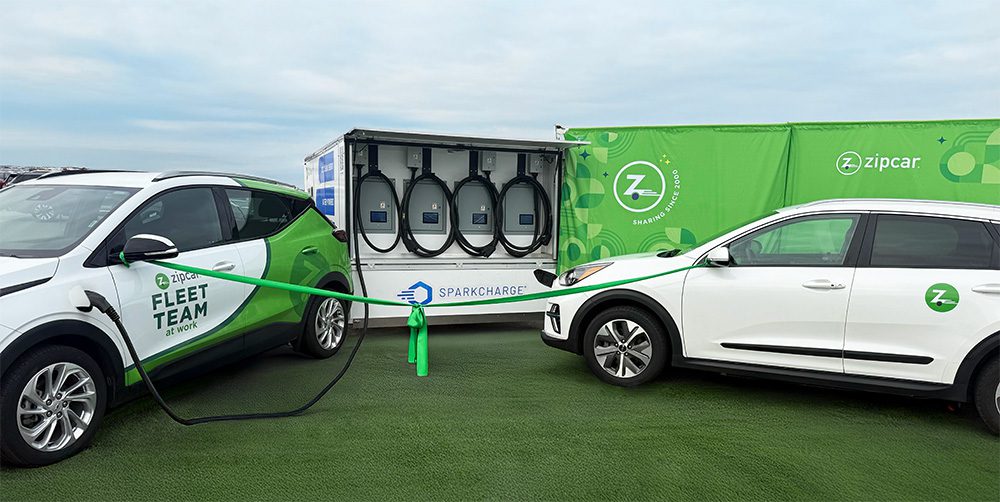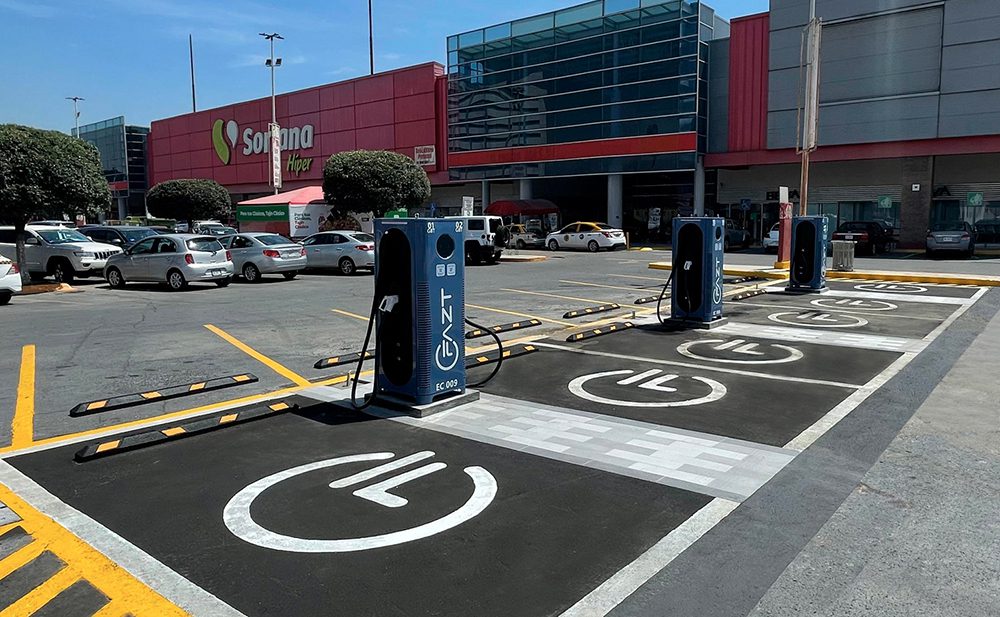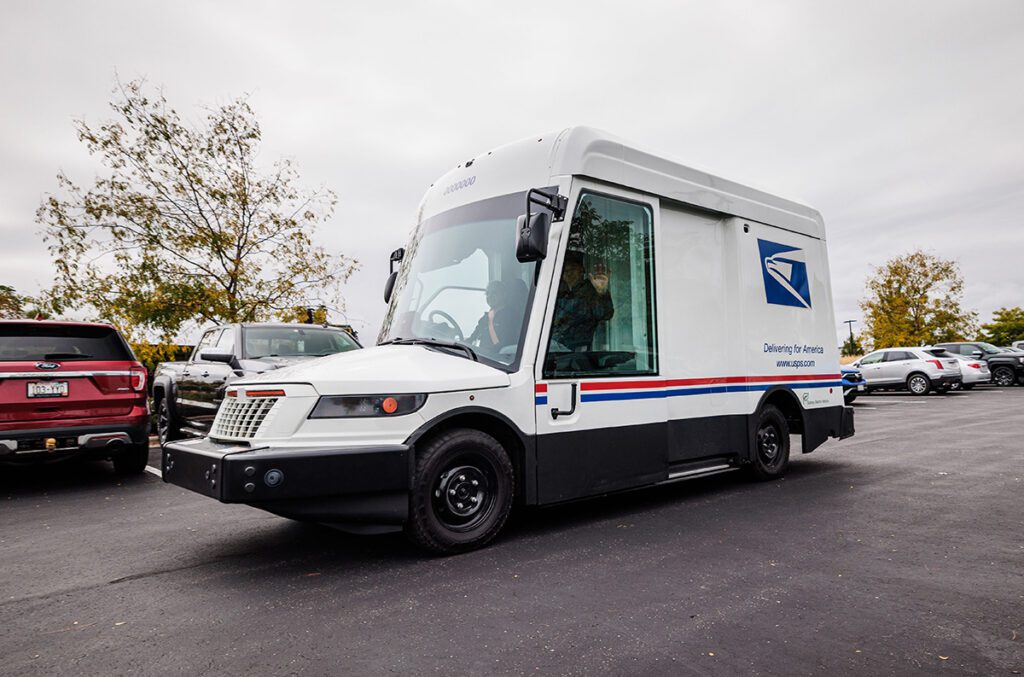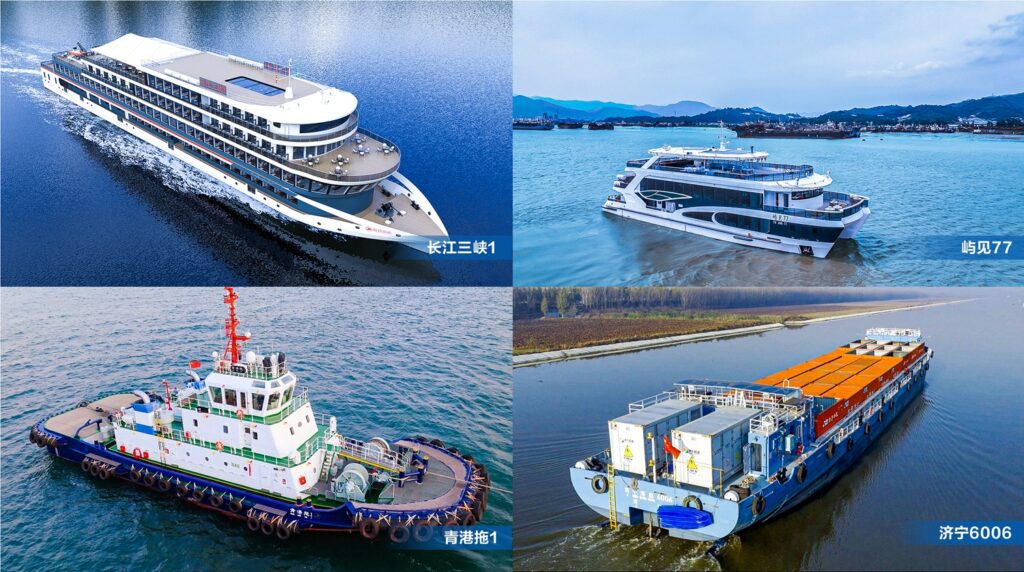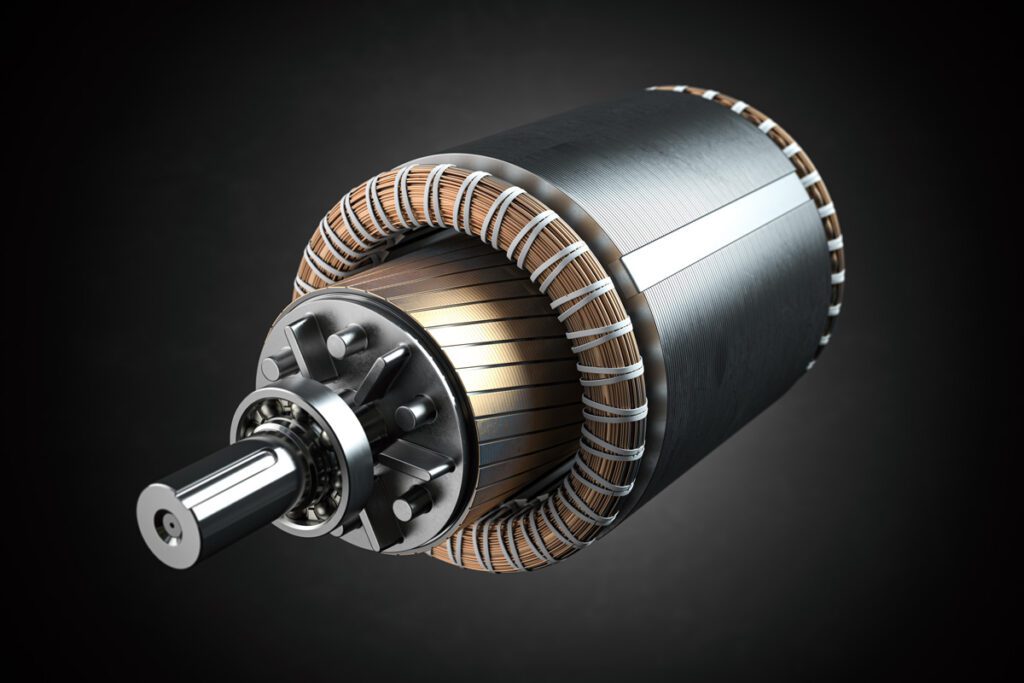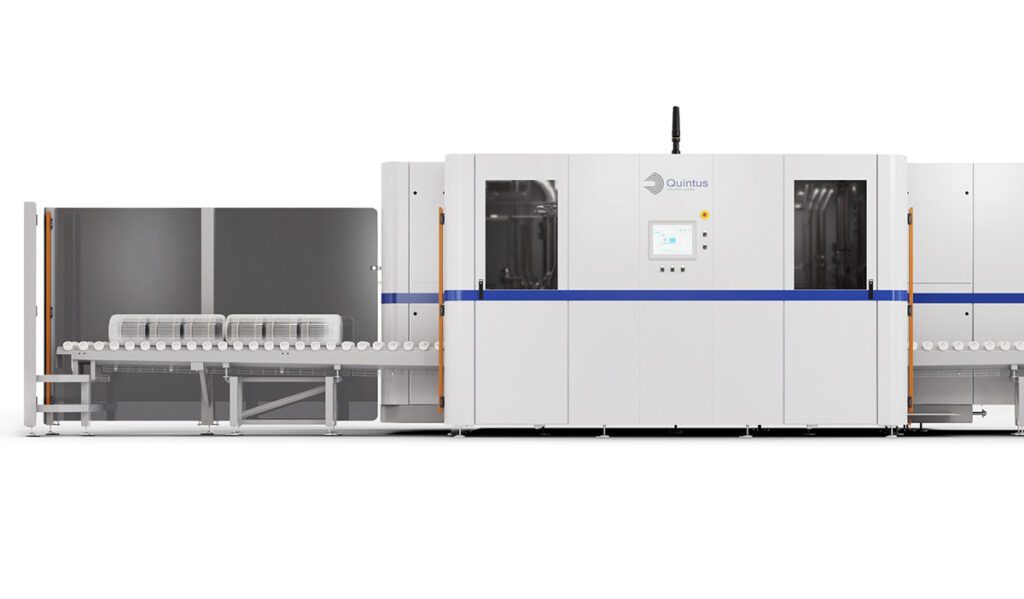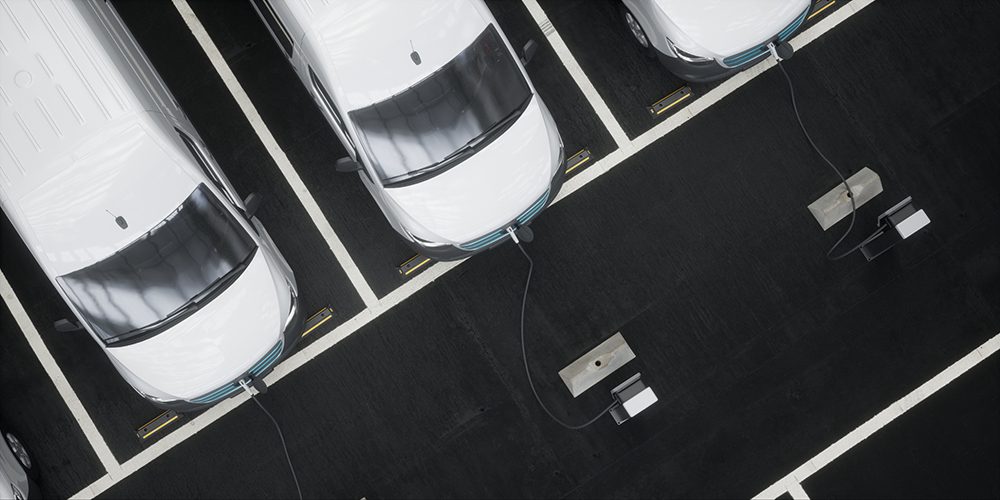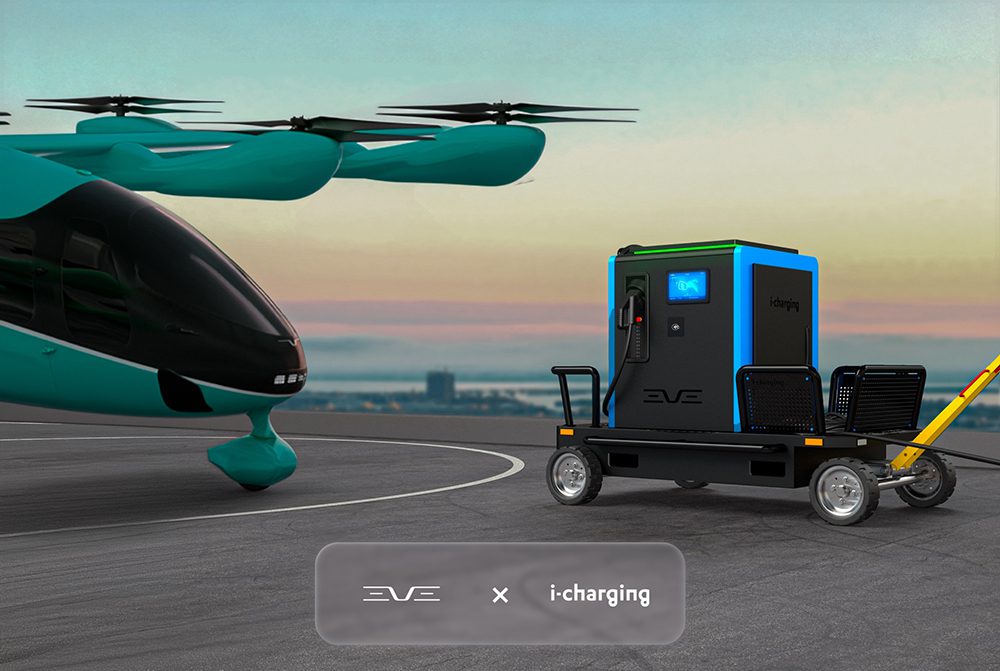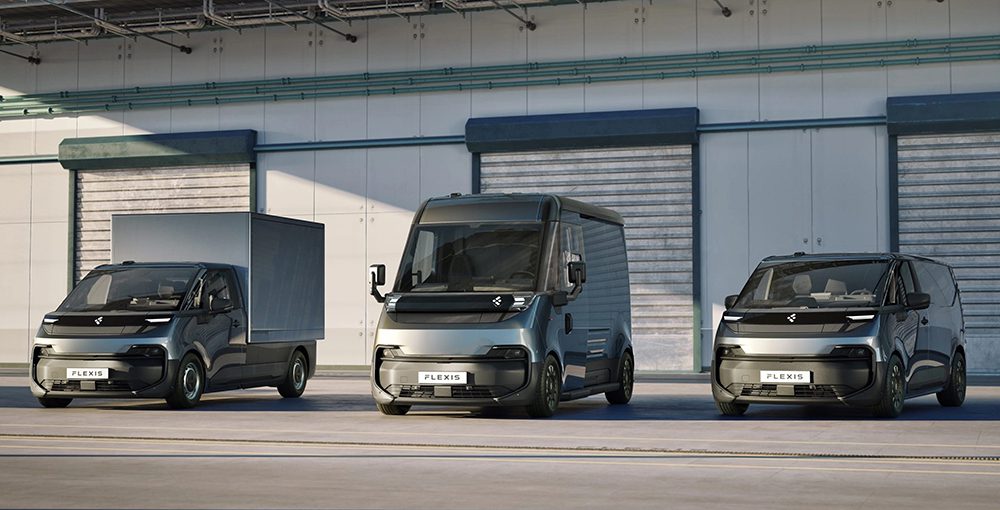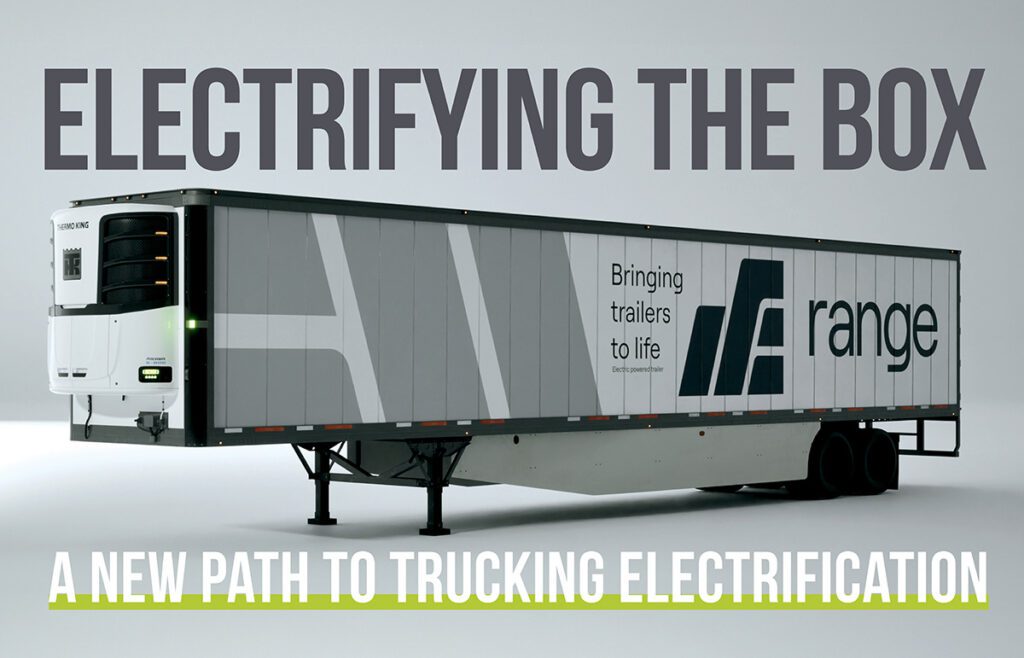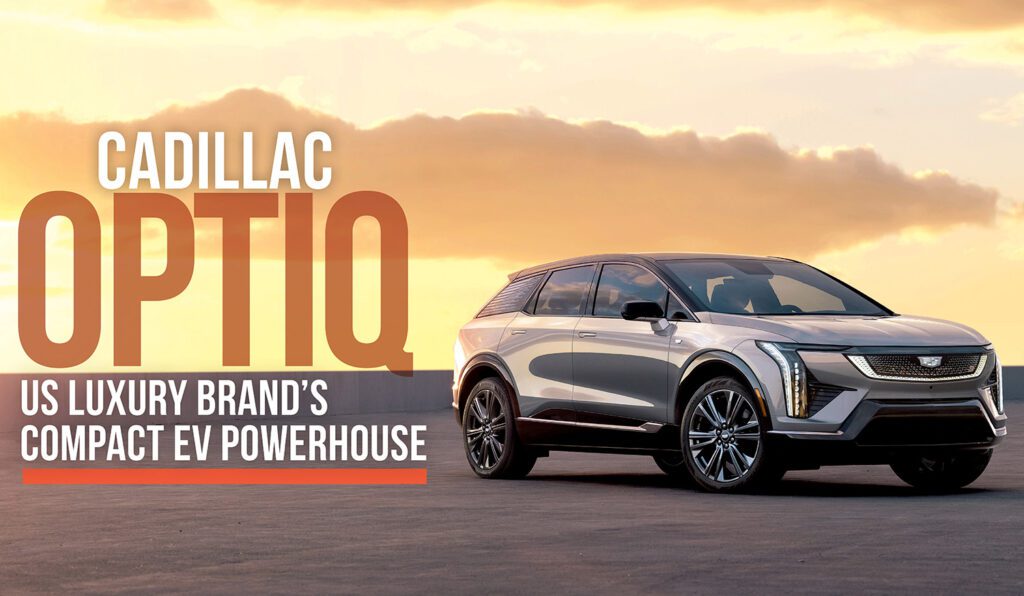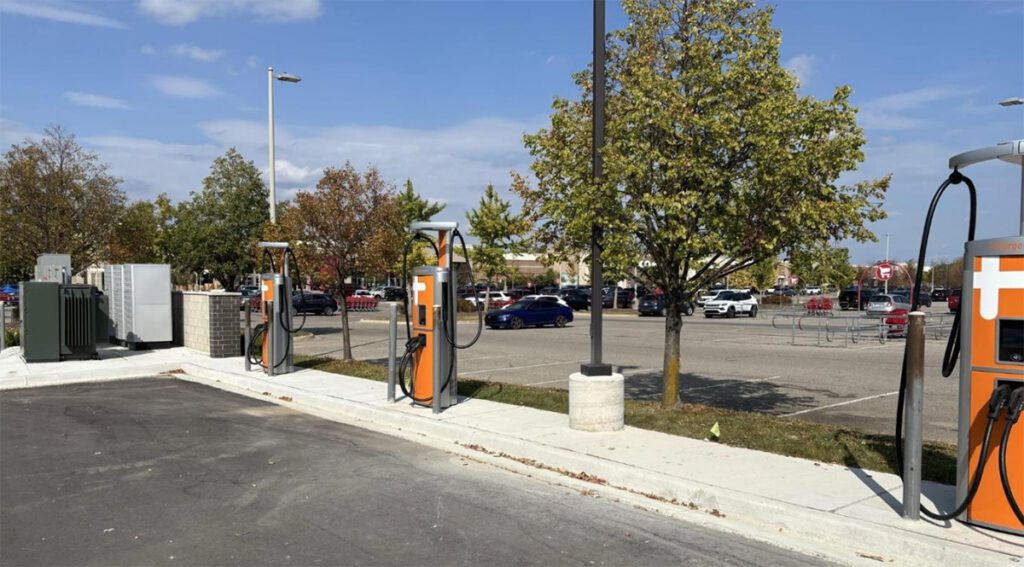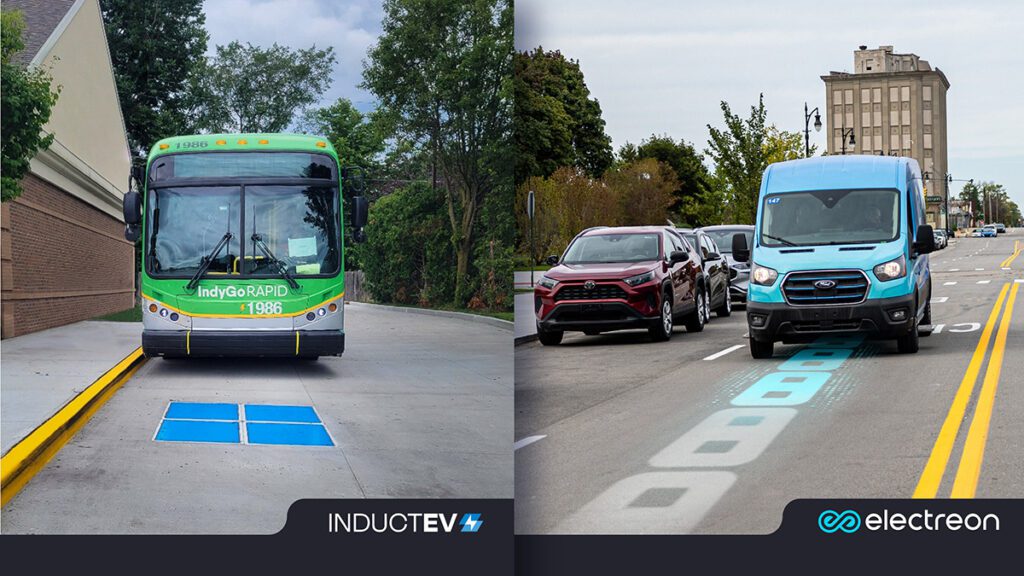Hanon Systems, an automotive parts manufacturing company headquartered in Daejeon, South Korea, has developed a fourth-generation heat pump system for EVs, as well as Thin HVAC, an HVAC system for EVs that is 30% smaller than the typical model in use today.
The company’s new heat pump employs a parallel heat source recovery method that uses waste heat from the motor and battery as well as heat from the outside air. The recovered heat is used for both heating and cooling, as well as battery temperature management, a feature that can enhance driving range.
“By continually refining our heat pump system design to improve efficiency and reduce power consumption requirements, Hanon Systems has contributed to extending EV driving range with its latest offering,” Subu Nagasubramony, the company’s co-CEO, said. Nagasubramony emphasized that the company’s designs focus on utilizing “lightweight” and “high-efficiency” components.
MORE: Why heat pumps are dominating EV HVAC systems
The question of which new methods can be used for heating an EV’s cabin is not an insignificant one. The current approach to heating the interior of an auto has been around since 1893, when the pioneering mechanical engineer Margaret Wilcox patented a method for warming passengers by directing air across the engine manifold and into the vehicle‘s interior. Soon afterward, engine coolant became the medium for heat transfer. Using waste energy is smart; wasting energy is not, and therein lies the rub.
Earlier methods used to warm EV cabins included resistive heaters, which heat wires from electricity and then blow air over them. That process draws considerable energy from the battery. Others, including the Nissan Leaf and Chevrolet Bolt, warm the cabin by using their high-voltage battery packs to heat antifreeze for the heater core.
These approaches are necessary because, unlike ICE autos, which use the excess heat from the engine to warm the cabin, EVs produce very little waste heat and therefore must rely on their batteries to warm things up. Frigid winter temperatures pose separate challenges for EVs, including reduced range, because the battery’s ability to hold and discharge energy as efficiently as it does in warmer months decreases noticeably.
A growing number of EVs now come with heat pumps for thermal management, but the Hanon system harnesses both battery waste heat and external air heat sources, a combination that increases an EV’s range rather than decreasing it. The new Thin HVAC offering is also 30% smaller, and therefore intrudes into the passenger cabin to a lesser extent, allowing EV makers to offer drivers and passengers more legroom.
The new heat pump technology has been available since July 2024 and was first implemented in the Kia EV3, as was Thin HVAC.
Source: Hanon Systems







